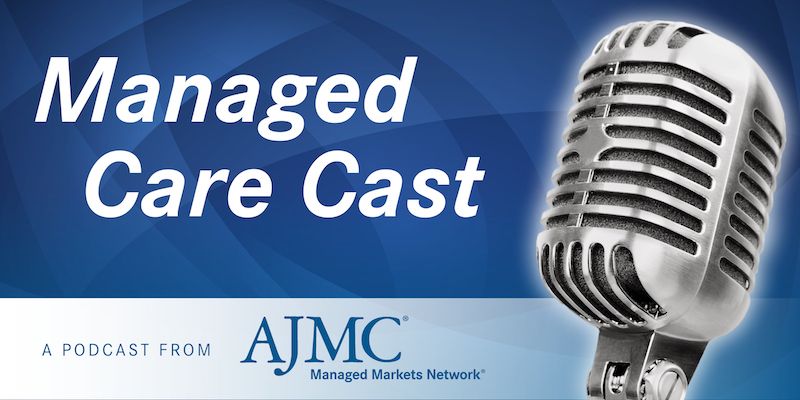Video
Triple Therapy for COPD
Recommendations for utilizing triple therapy in patients with chronic obstructive pulmonary disease.
Transcript
Neil B. Minkoff, MD: I’d like to start to move us toward the part here where we get to the burden of disease on patients and measuring exacerbations. We’ve covered a tremendous amount of this, but just to bring this together—this discussion about combination therapies and so on—I have a 2-part question for everybody. When do you consider triple therapy, and what is your advice to PCPs [primary care physicians] who are flirting with the idea of triple therapy?
Byron Thomashow, MD: I think that the answers to that question are, if you have someone who continues to struggle on a LAMA [long-acting muscarinic antagonist] or LABA [long-acting beta-agonist], with continued exacerbations and continued problems with everything, then moving toward triplet therapy is a perfectly reasonable approach.
Neil B. Minkoff, MD: If the eosinophil count is high enough.
Frank C. Sciurba, MD, FCCP: If it’s not low enough.
Neil B. Minkoff, MD: OK.
Frank C. Sciurba, MD, FCCP: Probably even more so.
Byron Thomashow, MD: The eosinophil count has greater negative predictive value. With a low one, you’re much less likely to get a benefit from the inhaled steroid.
Neil B. Minkoff, MD: Anything to add to this?
Frank C. Sciurba, MD, FCCP: Yeah. In somebody who’s just been on short-acting inhalers or on nothing, when do you start it? Or it’s easier to say, when you increment from a double LAMA or LABA, OK?
Neil B. Minkoff, MD: And that’s fine.
Frank C. Sciurba, MD, FCCP: That’s somebody who continues to exacerbate, particularly if they have high eosinophil levels. So it’s a no-brainer. You’ve had 3 steroid tapers, or 1 hospitalization, and your eosinophil counts are greater than 200. There’s no controversy. That person needs to be on triple therapy.
If they just had 1 or 2 outpatient exacerbations and they have lower eosinophil levels… Now, in somebody who’s a frequent exacerbator—2 or 3 exacerbations—with hospitalizations—1 or 2—we’re going to give a trial of an ICS [inhaled corticosteroid] on top of the LAMA or LABA to see if we can suppress that. I know we like rigid cutoffs and rigid guideline therapies, but in reality, we’re factoring in multiple different components of this disease in ultimately making that decision.
Right out of the gates, it is a little different of a story. Again, I think for somebody who comes in with frequent exacerbations and high eosinophils, I might start them straight on the triple. But for somebody who’s had a couple of exacerbations and they’ve been on only short-acting bronchodilators, they need to be maximally bronchodilated and may not need the inhaled corticosteroid. Often those folks will start with a dual bronchodilator and then consider the ICS down the line if that doesn’t hold them.
Byron Thomashow, MD: I think we all agree with that. The 1 issue that is complicated is the person who has not been adequately treated who comes in with a hospitalization. We recognize the power of those hospitalizations, from not just what happens to the quality and indeed the quantity of lives of these people going forward but the cost issues involved as well—the issue of rehospitalization and stuff. Certainly, arguments could be made that in that subset it may be important to think about moving to the triple therapy sooner.
Newsletter
Stay ahead of policy, cost, and value—subscribe to AJMC for expert insights at the intersection of clinical care and health economics.





